AntarcticPilot
Well-Known Member
That's more how I remember it.A little further south the water was more disturbed. This was closer to the north end of Soind of Luing and the tide was travelling northward, so was wind and tide together but no pinch/split points close by.
View attachment 139557
This turbulent water was when I was about to enter Loch Craignish to go to Ardfern.

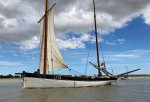
 Reminder
Reminder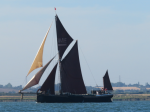
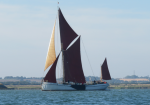




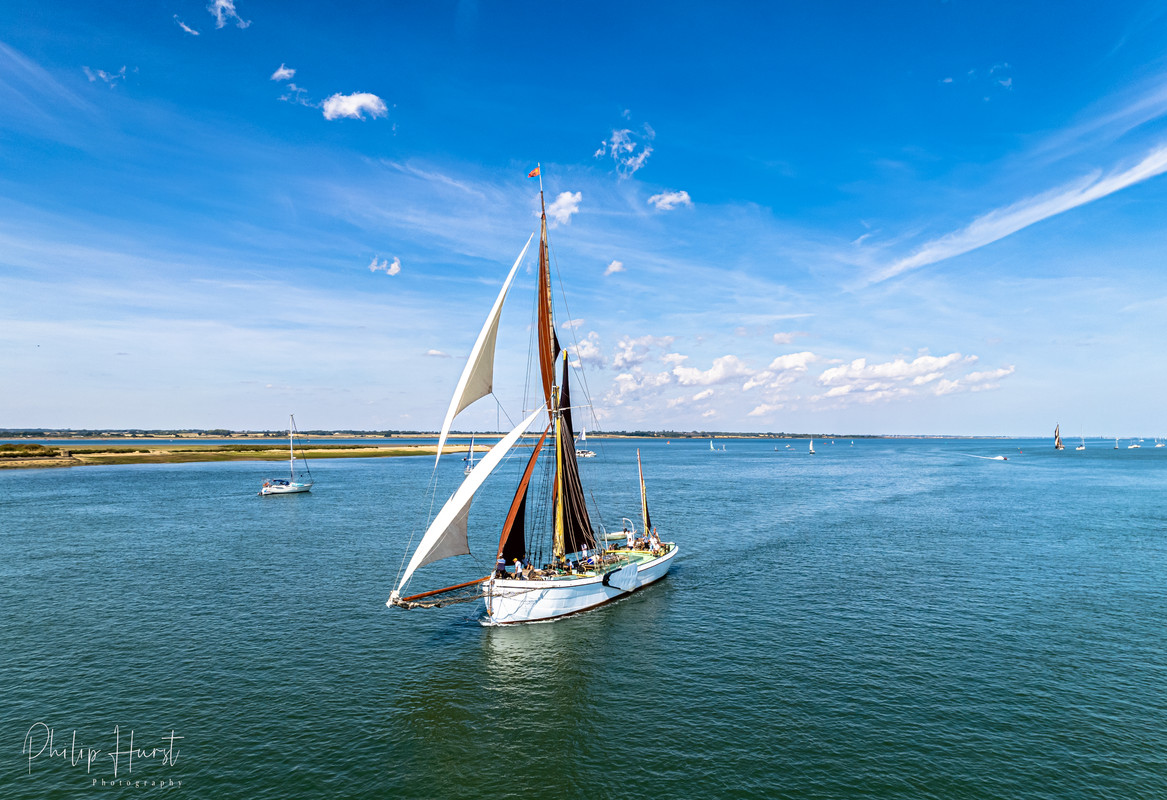
 Tack1
Tack1 Tack 2
Tack 2 Tack 3
Tack 3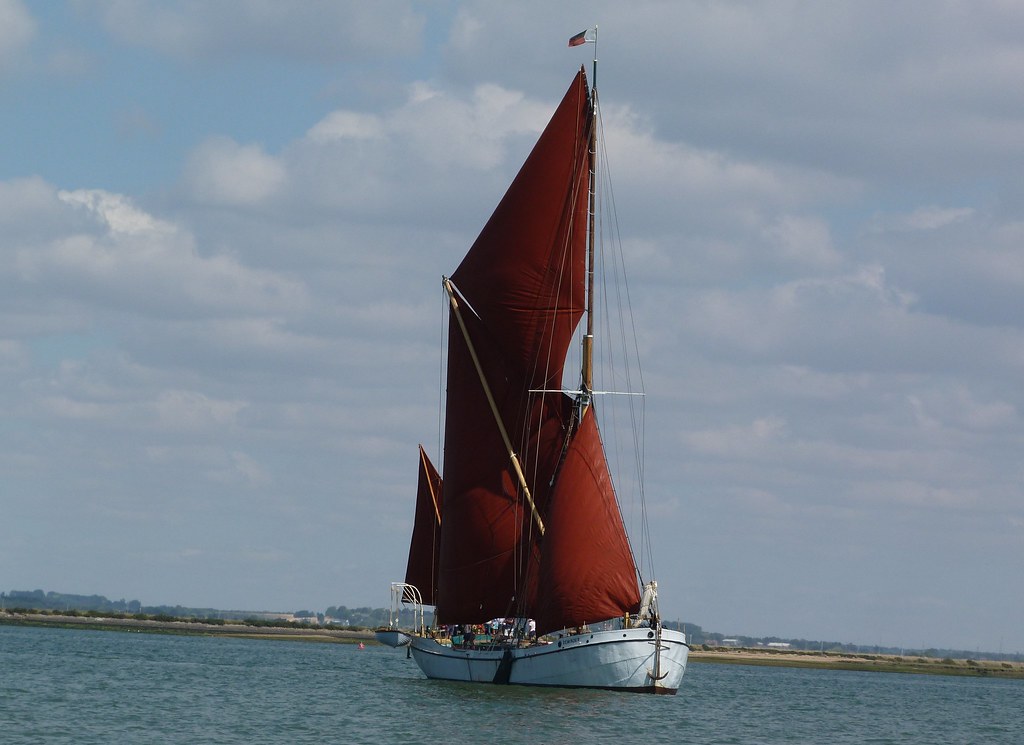 Tack 4
Tack 4 Clinker 2
Clinker 2 P1080565
P1080565